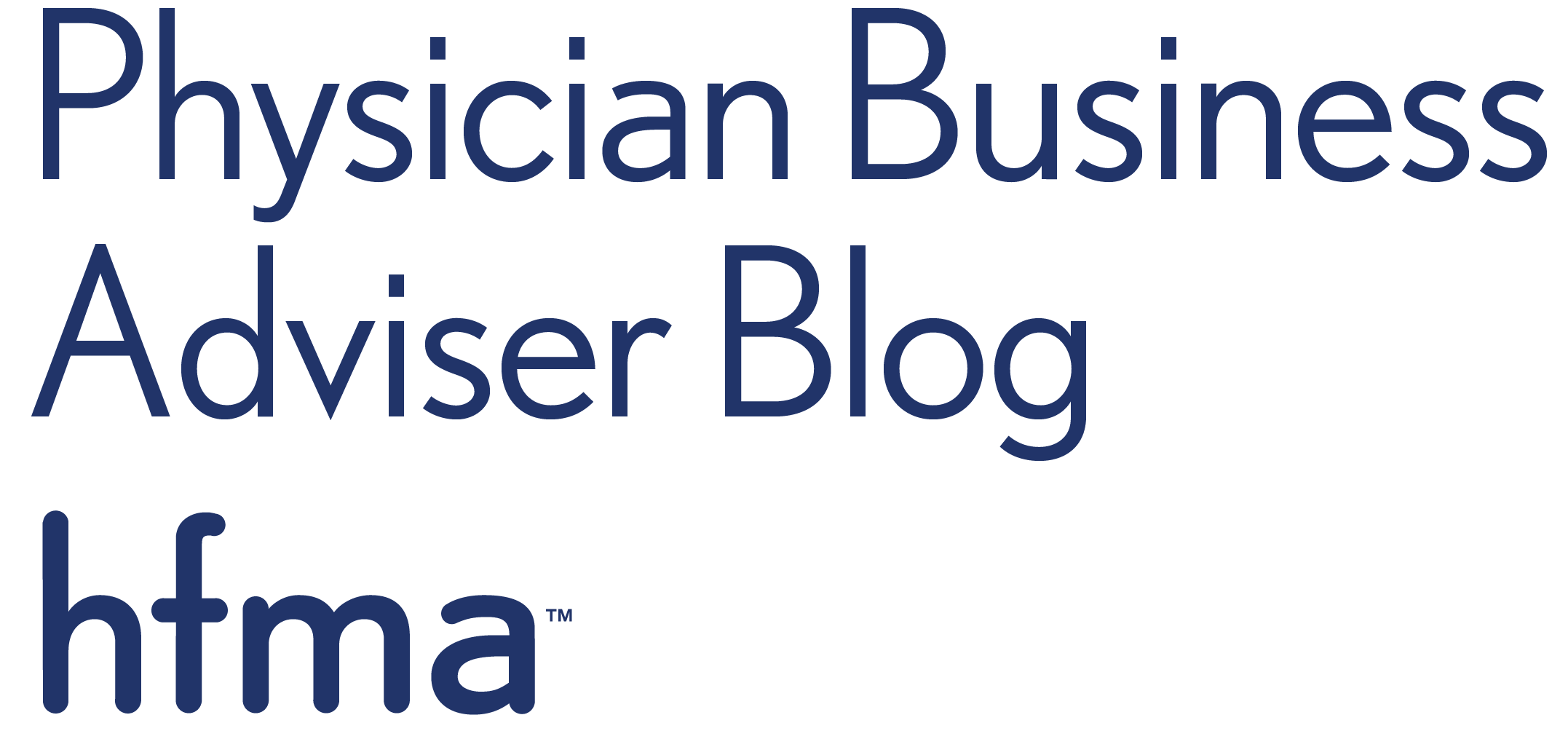Toolkit: Physician Engagement and Alignment

Physician Engagement and Alignment
Toolkit:
This toolkit is a companion to HFMA’s Value Project report, Strategies for Physician Engagement and Alignment. The report addresses the critical role of physicians in the transition to value-based payment and care delivery structures, focusing on alignment and employment options, compensation and incentives, financial support and sustainability, leadership and governance, and population management capabilities. This toolkit offers resources for assessing the best alignment options for your organization and market, structuring compensation for employed physicians, and building a clinically integrated network. Case studies, based on the experiences of organizations interviewed for the Value Project, illustrate implementation of various physician engagement and alignment models.
Assessing the Situation
As a starting point, it is important to understand the perspectives of both health systems and medical groups (employed and independent). Both perspectives are important, and although they share certain common goals, they are not the same. [use graphic “examples of common and organization-specific goals” that is in the current wireframe.]
- Health system perspectives
Strategies vary depending on the characteristics of the health system. Common differences between different types of health systems are described in this section. - Medical group perspectives
A medical group’s perspectives can differ significantly based on the group’s demographics, including the group’s ownership status, type of group, performance and experience, and personality. Learn about common traits within these categories. - Market assessment
Both health systems and medical groups should assess and understand the local physician market to determine their best options. Use these 10 questions for assessing a local physician market.
Determining Options
Health systems and physician groups have a range of options. This tool displays a range of approaches in terms of degree of integration as well as degree of change in terms of physician autonomy.
- Employment of Physicians
A common refrain among systems that are pursuing physician employment is the caution that employment is not equivalent to alignment. This graphic identifies eight functional areas that together define a high-performing employed physician network. An example of a physician compensation agreement is also provided in this section.
- Clinically integrated networks
The underlying principle of the clinically integrated network is that it enables more effective, coordinated care, which is better for the patient. Discover how to organize a clinically integrated network by service area. Common quality and cost emphases for clinically integrated networks are also discussed in this section. - A closer look at a medical group’s strategic options
This is an example of a single specialty orthopedic group’s strategy. - A closer look at a health system’s strategic options
The evolving physician strategy of a health system with a clinically integrated network is discussed in this example.

Get updates about the Physician Business Adviser Blog
Moving Forward: Case Studies
These two composite case studies are based on the experiences of several actual systems and medical groups. In both instances, the organizations are moving aggressively toward accepting and managing more population health risk
-
Mountain View Health System
Issues addressed in this case study include physician governance, integrating physician practices, identifying population segments, and managing the cost/benefit ratio associated with a medical group within a system. Mountain View formed a steering committee to drive the system’s change leadership process.
-
Seaside Medical Group
Issues addressed in this case study include forming a multi-organizational clinically integrated network, sharing finances, governance and management, infrastructure, and establishing relations with payers and health systems





